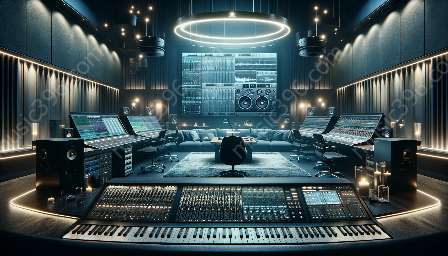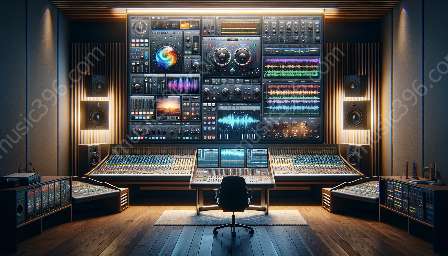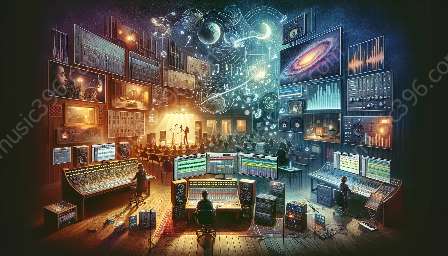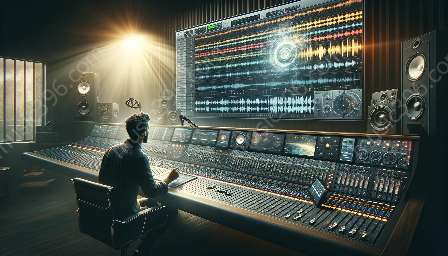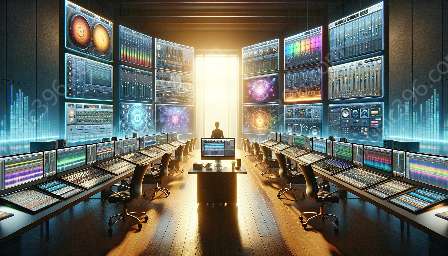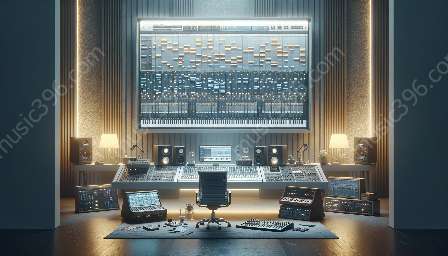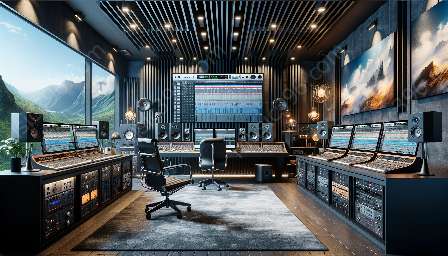Real-time audio sampling in digital audio workstations (DAWs) has revolutionized music production, providing musicians and producers with innovative ways to incorporate sound recordings into their projects. The process involves capturing and manipulating audio signals to create unique and dynamic compositions, and it has become a fundamental tool in modern music production.
Understanding Real-Time Audio Sampling
Real-time audio sampling refers to the process of capturing and recording audio content from external sources, such as musical instruments, vocals, or environmental sounds, directly into a digital audio workstation. This method allows musicians and producers to create high-quality samples that can be instantly integrated into their projects without the need for extensive post-processing.
Real-time sampling is particularly valuable for capturing spontaneous or improvisational performances, as it enables artists to capture the essence of a moment and incorporate it into their compositions in real time. Additionally, real-time audio sampling empowers musicians to experiment with different sonic textures and timbres, fostering creativity and inspiring new musical directions.
The Role of Digital Audio Workstations
Digital audio workstations serve as the primary interface for real-time audio sampling, offering a range of tools and functionalities to facilitate the recording, editing, and manipulation of audio content. These software applications provide users with a comprehensive set of features, including real-time recording, sample editing, loop-based sequencing, and effects processing, all of which contribute to the seamless integration of sampled audio into musical projects.
By utilizing DAWs, musicians and producers can capture audio samples with precision and efficiency, allowing for seamless integration into their creative workflows. The versatility of DAWs also enables users to manipulate and manipulate samples in real time—a crucial aspect of the sampling process that underpins the dynamic and expressive nature of modern music production.
Advantages of Real-Time Audio Sampling
Real-time audio sampling offers numerous advantages for musicians and producers, enriching their creative process and expanding the sonic palette of their compositions. One of the key benefits is the ability to capture organic and authentic performances, preserving the nuances and emotions inherent in live recordings.
Furthermore, real-time sampling empowers artists to explore innovative sound design possibilities, as they can capture unconventional or experimental sounds on the fly and integrate them into their compositions immediately. This level of spontaneity and flexibility encourages artistic exploration and helps push the boundaries of traditional music production.
Real-time audio sampling also facilitates collaboration and improvisation, allowing multiple musicians to contribute to a project seamlessly. This collaborative aspect fosters a sense of musical synergy and enables the creation of cohesive, multi-layered compositions with diverse sonic elements.
Implications for Music Production
The widespread adoption of real-time audio sampling in DAWs has led to significant implications for music production, influencing the way artists approach composition, arrangement, and performance. By providing a direct and intuitive means of capturing audio content, real-time sampling has democratized the creation of music, enabling a broader range of artists to participate in the production process.
Moreover, the accessibility of real-time audio sampling has led to the emergence of new genres and musical styles that embrace spontaneous and experimental methodologies. Artists have leveraged real-time sampling to push the boundaries of traditional music, creating compositions that defy conventional categorization and challenge established norms.
Real-time audio sampling has also played a pivotal role in live performance, with many musicians incorporating real-time sampling technologies into their stage setups. This integration allows for dynamic and interactive performances, blurring the lines between studio production and live execution, and enabling artists to deliver unique and captivating experiences to audiences.
Conclusion
Real-time audio sampling in digital audio workstations represents an indispensable aspect of modern music production, empowering artists to capture, manipulate, and integrate audio content in real time. With its ability to preserve authenticity, foster creativity, and reshape musical expression, real-time sampling has revolutionized the way music is created and experienced.

